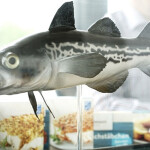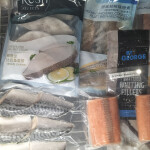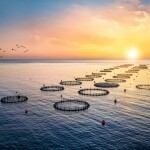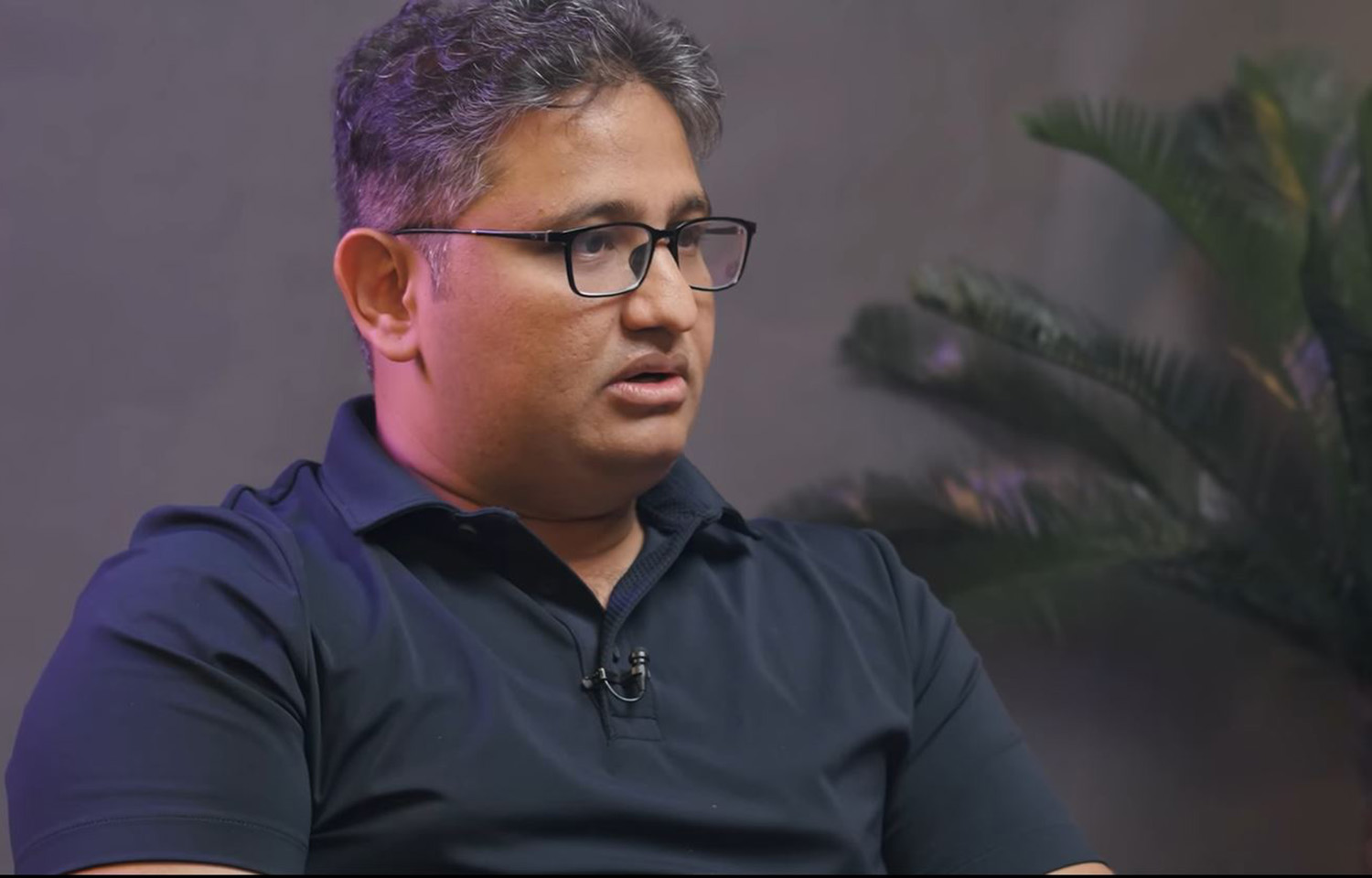Utham Gowda is the CEO of Captain Fresh, a Karnataka, India-based online platform that matches seafood providers with retailers, facilitates e-auctions for sourcing, standardizes supplies, secures on-time payments, and uses digital traceability systems in its operations. Captain Fresh has expanded rapidly across India and has raised more than USD 100 million (EUR 93 million) in a series of funding rounds, including USD 25 million (EUR 23 million) in February 2024. The same month, it acquired CenSea, one of the largest shrimp importers in the United States.
SeafoodSource: Captain Fresh has grown quickly since it was founded in 2020. Can you describe how big the company is now and what your aspiration is in terms of growth?
Gowda: We are three-and-a-half years old, and in 2024, we should be closing any anywhere between USD 650 million to USD 700 million (EUR 612 million to EUR 659 million) in terms of top line. We are focused across the value chain and I think that's what gives us the strength to expand across all these markets. Our aspiration is to be the biggest multi-species, multi-origin platform in seafood.
SeafoodSource: Captain Fresh has presented itself as bringing something new and innovative to the seafood industry. What do you mean by that and how are you achieving it?
Gowda: The unique thing about Captain Fresh is we have taken a basket-of-seafood approach versus a species approach, which is typically the way the industry is structured. So we started off in India as a seafood supply chain player, wherein we started connecting all kinds of seafood supply to the retail shelves in India. India happens to be a fresh-dominated industry, so that's the business that we built out when we started. And by virtue of that, we had competence in sourcing all species – wild-caught and aquaculture. We leveraged that sourcing procurement competency when we started looking at the international market. Now we are India’s only multi-species exporter, and we do all kinds of species from cuttlefish, squid, whole fish and fillets, crab, all kinds of shrimp, both marine and farmed. So that's the competency that we built out, which helped us to grow very fast, and now we are one of the largest exporters of fish and seafood from India.
The model was very asset-light, where we used technology as a tool to aggregate both supplies and also processing capacities, we could easily take this model out of India. So today we are in the Philippines and other markets of Southeast Asia as well. With so much supply on the platform, the next logical step was to bridge the demand or distribution side of things, which is where you see acquisitions like CenSea and some other conversations that are going on right now, and then fitting them into the overall platform that we currently have.
On the technology side, we have built two tools out for suppliers. One is a tool called Fishgram, which basically helps connect us with boat owners, allowing them to see our sourcing requirement and allowing them to place their inventory for sale. This allows us to source from a broad range of places in a very asset-light manner. The second tool that we have is a low-cost farm-management tool, which also helps us in terms of building relationships with the farmers who are involved in shrimp farming and other aquaculture, and gives us access to their raw material. On the processing side, we’ve developed FaaS (Factories as a Service). We mandate the factories that are on our platform to use this tool, and with it, we get transparency in terms of the production and storage of the products, and it enables us to handle the complexity of the number of species that we deal with and the expanded network of factories that we work with it.
If we had to single out something new that we have brought to the industry, I think it is how we’ve changed the role technology is playing and the approach of using technology to scale sourcing across species and across formats, both fresh and frozen.
SeafoodSource: What percentage of your overall sales are seafood?
Gowda: Around 30 to 40 percent is seafood products.
SeafoodSource: Considering you work with other proteins, which are generally considered to be less complex to deal with and potentially more profitable, why commit so much of your efforts and energy to growing the seafood side of the business?
Gowda: Our idea is to be a one-point solution for the entire category. So if you …








